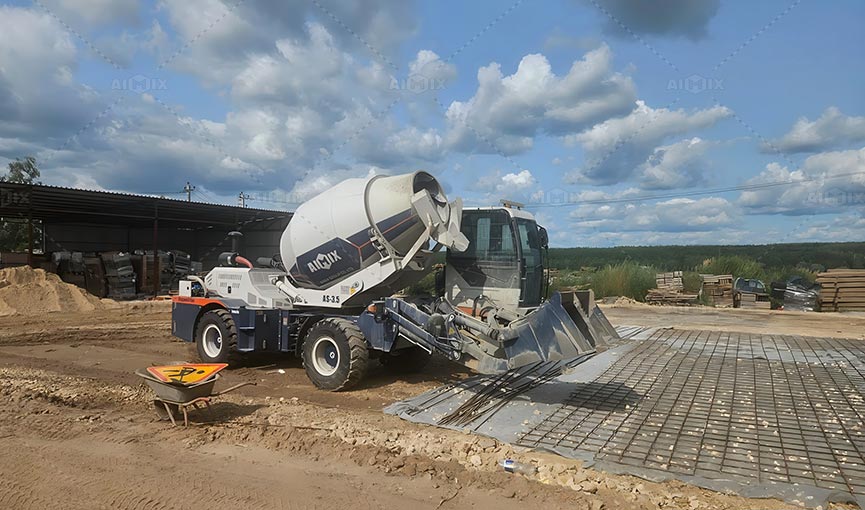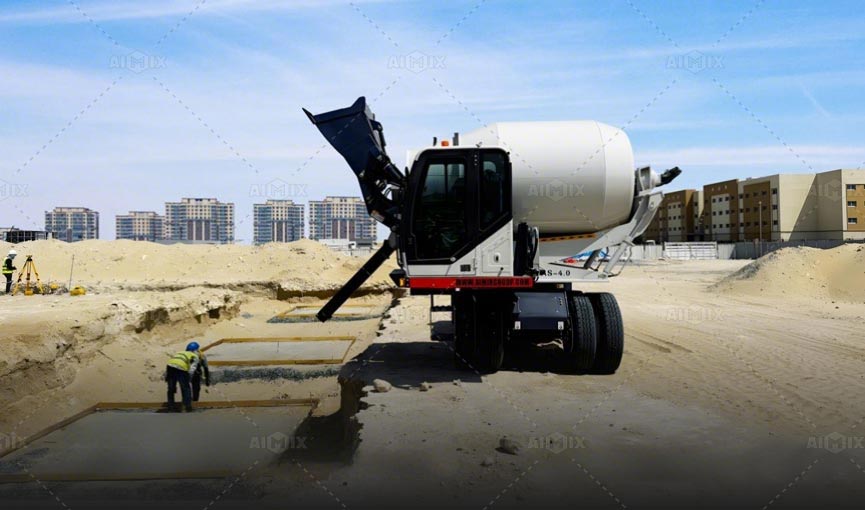In the competitive world of construction equipment, where every second counts and every pour demands precision, the drum of a self loading mixer is no longer just a rotating cylinder. It has become the heart of the operation — a high-performance system responsible for delivering consistent, homogenous mixes under varied site conditions. As project specifications grow more stringent and concrete quality control becomes non-negotiable, manufacturers are turning to advanced drum engineering as a crucial differentiator. From internal blade geometry to rotational dynamics and wear-resistant materials, modern drum designs are redefining what efficient mixing truly means on job sites across the globe.
Revolution in Drum Geometry
Optimized Blade Configuration
The internal blades of a self loader mixer’s drum are not simply welded in at random angles. Today, they’re precisely calculated and symmetrically arranged to generate a controlled, turbulent flow. This creates a continuous folding and shearing effect on the materials — aggregates, cement, and water — ensuring uniform distribution down to the last pebble.
Helical blade designs, often pitched at varying angles across the drum length, have been shown to significantly improve mixing efficiency while reducing dead zones. The result is a concrete mixture that’s smoother, more cohesive, and less prone to segregation — a vital trait for both structural integrity and surface finishing.
Dual Flow Mixing System
Some advanced drums now integrate a dual flow system — combining axial and radial movement in the mix. While axial flow propels materials along the length of the drum, radial flow keeps them moving outward and inward. This crossflow motion minimizes agglomeration and helps achieve rapid hydration and bonding at the molecular level. It’s particularly valuable when using additives, fibers, or admixtures that require thorough dispersion.

Material Science and Drum Longevity
Wear-Resistant Liners
To withstand the abrasiveness of coarse aggregates and continuous rotation, modern concrete mixer drums are increasingly outfitted with replaceable wear liners. These liners are made of high-manganese steel or chromium-carbide alloys, engineered to resist pitting, erosion, and mechanical fatigue over time.
By reducing internal abrasion, the liners not only extend drum life but also preserve the internal geometry of the drum — which is essential for maintaining mixing efficiency across the machine’s lifespan.
Corrosion-Resistant Coatings
Exposure to water, cement paste, and chemical admixtures creates an aggressive environment inside the drum. That’s why advanced designs now include anti-corrosion coatings, such as epoxy or polyurethane layers, to protect the structural integrity of the drum shell. This innovation plays a crucial role in reducing maintenance downtime and ensuring long-term volumetric accuracy of the drum.

Control and Automation Enhancements
Variable Speed Rotation
One breakthrough is the integration of variable-speed hydraulic motors that allow operators to fine-tune drum rotation based on mix type and work conditions. Slower speeds can be used during transit to prevent segregation, while higher speeds are engaged during mixing cycles to enhance blending intensity.
This flexibility leads to higher control over mix consistency, especially when switching between slump requirements or different concrete grades on a single site.
Sensor-Integrated Mixing Feedback
Cutting-edge self-loading concrete mixers in Dubai are now equipped with sensors that monitor internal drum parameters — including temperature, moisture levels, and rotation speed. These data points feed into an onboard control unit that can provide real-time feedback to the operator. Alerts are triggered when mixing deviates from preset specifications, allowing for immediate correction and minimized material wastage.
This sensor integration transforms the drum from a passive mechanical unit into an intelligent, adaptive component of the overall mixing process — improving not just performance, but also accountability in quality control.
Conclusion
Advanced drum design in self-loading concrete mixers in UAE is more than an engineering upgrade — it’s a paradigm shift in how quality concrete is produced in the field. From optimized internal flow dynamics to wear-proof construction and smart automation, today’s drums are crafted to meet the evolving demands of modern construction. By investing in these innovations, contractors gain not just smoother operation, but a tangible advantage in precision, efficiency, and product longevity.
